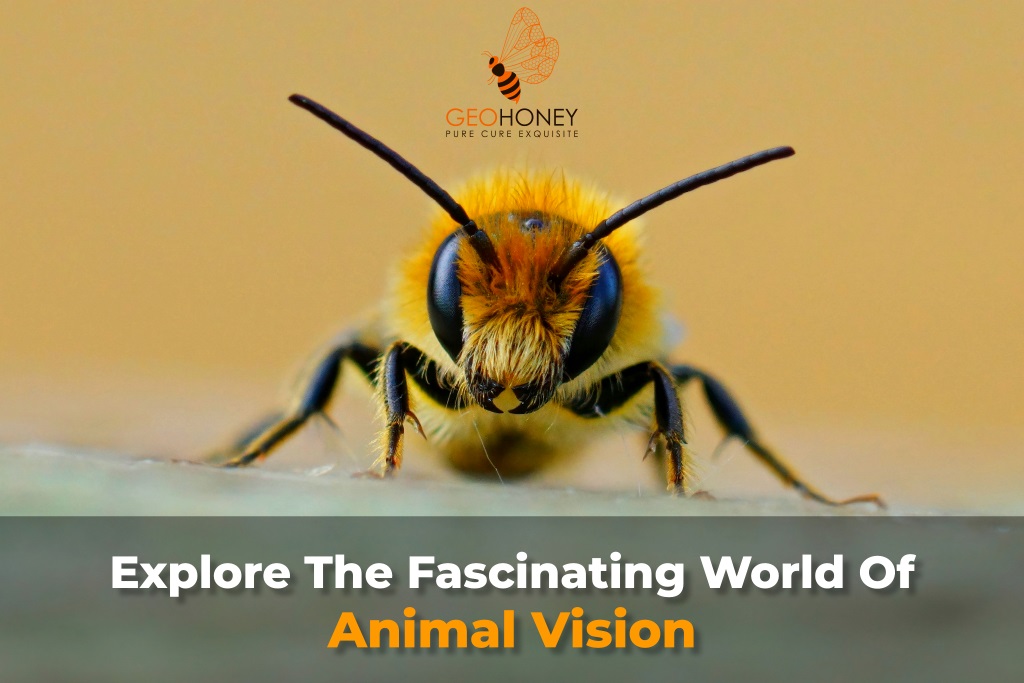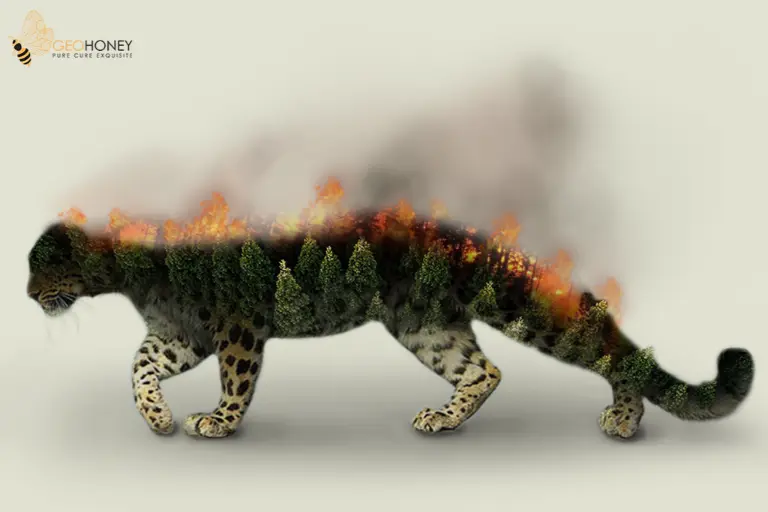- Tokyo: 23:44
- Singapore: 22:44
- Dubai: 18:44
- London: 14:44
- New York: 09:44
Discovering the World Through the Eyes of Animals

Have you ever wondered how animals perceive the world around them? Thanks to new technology, we may soon be able to gain insights into their unique visual experiences. Unlike humans, animals such as honeybees and hummingbirds have a different eye structure that enables them to see ultraviolet light.
The way animals perceive colors varies because of their distinct eye mechanisms. While humans have three types of cone cells in our retinas that allow us to see red, green, and blue wavelengths, animals like honey bees and hummingbirds can also perceive ultraviolet (UV) light. This ability helps them locate nectar and unlocks a vast spectrum of colors beyond our human imagination.
To better understand how animals communicate and interact with their surroundings, scientists have been reconstructing their visual perspectives. However, traditional methods for doing so are often time-consuming, require specific lighting conditions, or fail to capture moving images. Now, with the aid of groundbreaking technology, ecologists and filmmakers can create videos that accurately recreate the colors perceived by different animals with over 90% accuracy.
So, how does the animal-eye view camera system work? According to Daniel Hanley, one of the researchers and an assistant professor of biology at George Mason University, the camera system records in four distinct color channels: blue, green, red, and UV. These images are then processed based on the existing knowledge of an animal's light receptors to generate an authentic representation of their visual perception.
The researchers highlight that this camera system, along with its associated software package, will allow ecologists to investigate various aspects, such as how animals utilize colors in dynamic behavioral displays and how natural illumination affects their perceived colors. These were previously unexplored questions due to the lack of suitable tools. The technology was developed collaboratively by researchers at the University of Sussex in the UK and the Hanley Color Lab at George Mason University in the US. It utilizes commercially available cameras, open-source software, and 3D printing, making it replicable for other teams worldwide to explore the world through the eyes of animals.
Source: euronews.com




How amazing it is that every living thing on this earth has a unique capability.